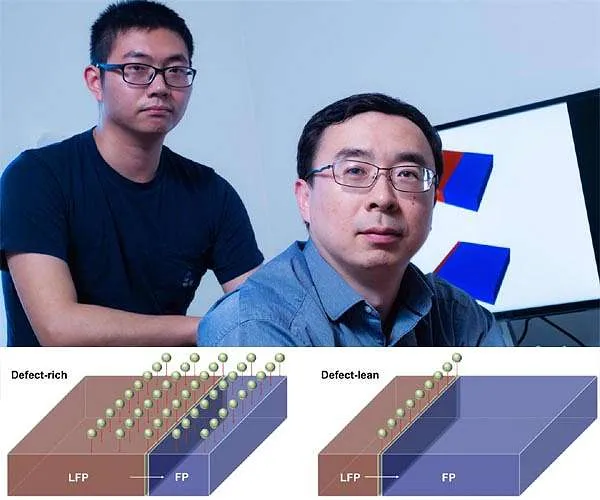Crystallographic defects can improve battery performance
- A group of researchers from Rice University of Texas have found out that introducing antisite defects into lithium iron phosphate lattice makes the roads for lithium ion broader.

A research team from the Texas-based academic school named after George R. Brown has found out that creating particular defects in crystalline lattice of LFP-based cathodes widens the paths through which Li ions travel. These findings are likely to increase lithium battery performance hundredfold.
Such antisite defects arise from atoms occupying incorrect lattice positions. This happens when a atom of iron takes a seat meant for an atom of lithium. This type of crystallographic defects interferes with movement of lithium atoms within the lattice and as a rule worsens batt performance.
But Texan scientists have noticed that, in case of LFP, antisites form detours in the cathode, which widens access to reaction front for lithium ions. This can help improve speed of battery charging and discharging.
Insertion of lithium turns a lithium-poor cathode into lithium-rich cathode. In case of sluggish kinetics of chemical reaction of the surface, lithium atom can be inserted into LFP only through a narrow area round the phase boundary. This reduces batt recharging rate. Antisites enable lithium to be inserted through a broader surface area. This will allow faster boundary movement, and faster battery charging, as a result.
Application of high voltage to a defectless cathode for faster charging can damage the cathode due to high concentration of lithium flux on the surface. Crystallographic defects help fix the problem by extending the flux area across the whole surface of the cathode. Besides, antisites will allow using particles of the size bigger than nanocrystals. This will lead to energy density improvement as well as surface degradation reduction. Defect concentration can be controlled through material annealing.
Also read


